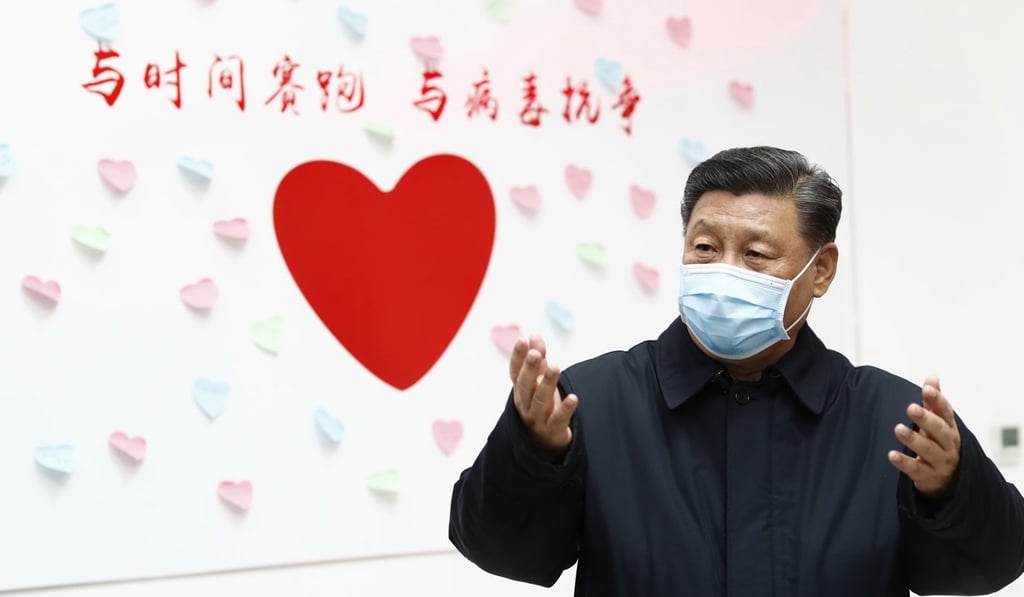Sino File | Coronavirus: to Chinese democracy what Chernobyl was to glasnost?
- The 2003 Sars crisis changed Beijing’s view on openness in governance and the timely release of information about health crises
- But China’s increasing move towards authoritarian rule under Xi Jinping makes the country even more vulnerable to the outbreak of epidemics

China has changed a great deal since then, at least in terms of economic development. In 2003, it was a low-income country, with per capita income of US$1,293; last year, that figure reached the benchmark of US$10,000, allowing it to join the middle-income rank. This refers to countries with per capita income of between US$3,956 and US$12,235, according to the World Bank.
Correspondingly, China has also made considerable progress in the development of medical science and public health services. Therefore, it would be logical for China to be able to do a better job in coping with epidemics now, as it has abundant resources at its disposal compared with two decades ago, not to mention the experience it gained in 2003.
However, the coronavirus has revived uncomfortable memories of Sars – including the repetition of mistakes that might have facilitated rather than contained its spread. Due to political reasons, China’s governance – including its management of public health crises – remains little changed since 2003, despite a short-lived improvement after Sars. The two viruses share 80 per cent of their genome, but the similarities don’t end there.
First, both outbreaks are believed to be associated with markets selling meat from wild animals. The Sars virus originated in bats and then spread to civet cats – a wild animal considered a delicacy in parts of south China – in a wet market in the southern city of Fushan, before it spread to humans. The new coronavirus is believed to have spread from bats to snakes to humans in a market in the central Chinese city of Wuhan. In both markets, wild animals were for sale. In the aftermath of Sars, the government banned the slaughter and consumption of civet cats. But obviously it failed to do enough to supervise the wild animal markets, despite repeated warnings from scientists.


